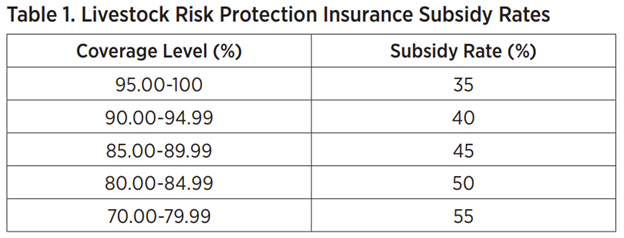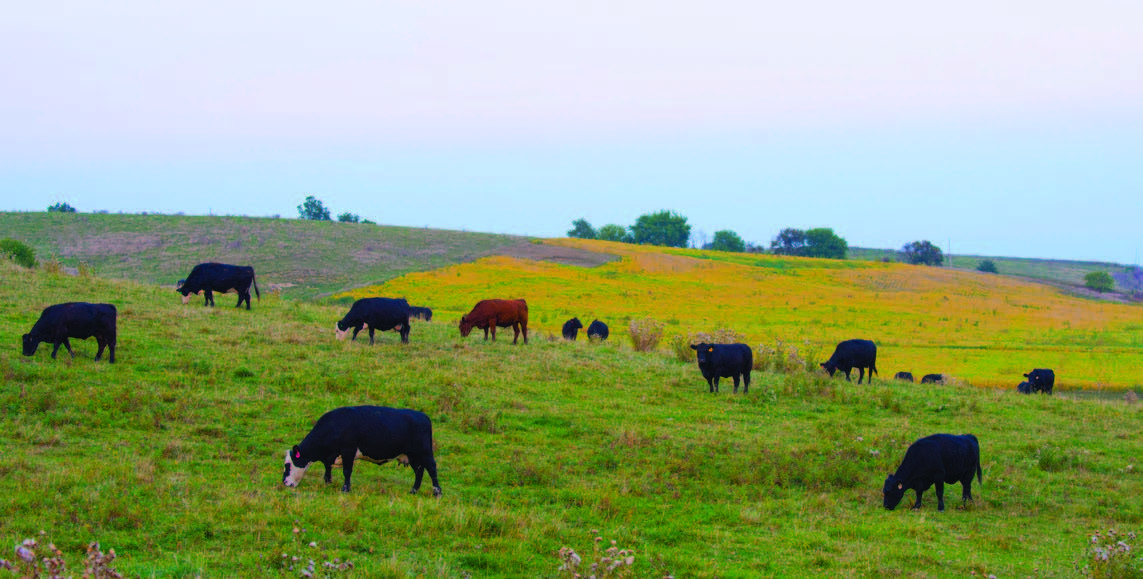Understanding Livestock Risk Protection (LRP) Insurance: A Comprehensive Guide
Navigating the world of animals threat protection (LRP) insurance policy can be an intricate undertaking for lots of in the agricultural industry. This kind of insurance coverage supplies a safeguard against market variations and unpredicted situations that might impact animals producers. By comprehending the ins and outs of LRP insurance policy, producers can make educated choices that might safeguard their operations from economic threats. From how LRP insurance coverage operates to the various coverage choices readily available, there is much to uncover in this thorough guide that might possibly shape the means livestock producers come close to threat monitoring in their companies.

Exactly How LRP Insurance Coverage Works
Sometimes, understanding the mechanics of Livestock Risk Security (LRP) insurance can be intricate, but damaging down exactly how it functions can supply clarity for breeders and farmers. LRP insurance is a danger monitoring tool designed to safeguard animals producers against unexpected rate declines. The policy allows producers to establish a coverage degree based upon their certain needs, selecting the number of head, weight variety, and protection rate. When the plan is in location, if market value fall listed below the coverage cost, manufacturers can sue for the difference. It's essential to keep in mind that LRP insurance coverage is not a revenue assurance; rather, it concentrates entirely on cost risk security. The protection duration normally ranges from 13 to 52 weeks, supplying flexibility for manufacturers to select a period that aligns with their manufacturing cycle. By utilizing LRP insurance coverage, farmers and herdsmans can reduce the monetary risks associated with fluctuating market costs, making certain greater stability in their operations.
Qualification and Insurance Coverage Options

When it involves insurance coverage choices, LRP insurance uses producers the versatility to pick the protection degree, protection period, and recommendations that finest suit their threat administration demands. Insurance coverage levels usually range from 70% to 100% of the anticipated ending value of the insured livestock. Producers can likewise choose insurance coverage durations that straighten with their production cycle, whether they are insuring feeder cattle, fed livestock, swine, or lamb. Recommendations such as rate threat protection can better tailor insurance coverage to shield versus damaging market variations. By understanding the eligibility criteria and coverage alternatives available, livestock manufacturers can make enlightened choices to take care of threat effectively.
Advantages And Disadvantages of LRP Insurance
When evaluating Animals Risk Protection (LRP) insurance, it is crucial for animals producers to consider the benefits and negative aspects inherent in this danger management device.

One of the key advantages of LRP insurance coverage is its capability to supply defense versus a decrease in animals prices. In addition, LRP insurance coverage uses a degree of adaptability, permitting manufacturers to tailor insurance coverage degrees and plan periods to match their details demands.
However, there are also some drawbacks to think about. One constraint of LRP insurance policy is that it does not shield against all kinds of risks, such as disease episodes or all-natural catastrophes. Premiums can occasionally be expensive, especially for producers with huge livestock herds. It is critical for producers to carefully assess their individual risk exposure and monetary circumstance to establish if LRP insurance policy is the best risk monitoring tool for their procedure.
Recognizing LRP Insurance Coverage Premiums

Tips for Maximizing LRP Perks
Optimizing the advantages of Livestock Danger Defense (LRP) insurance requires calculated preparation and aggressive risk management - Bagley Risk Management. To make the many of your LRP coverage, consider the following suggestions:
Regularly Evaluate Market Conditions: Stay informed about market trends and price changes in the livestock industry. By keeping an eye on these variables, you can make informed choices about when to purchase LRP coverage to protect against potential losses.
Set Realistic Coverage Degrees: When picking insurance coverage degrees, consider your manufacturing prices, market value of livestock, and prospective risks - Bagley Risk Management. Setting realistic coverage degrees ensures that you are adequately protected without paying too much for unneeded insurance coverage
Diversify Your Coverage: As opposed to depending entirely on LRP insurance coverage, think about diversifying your threat monitoring methods. Integrating LRP with other risk management devices such as futures agreements or alternatives can provide comprehensive coverage against market uncertainties.
Testimonial and Readjust Protection Routinely: As market conditions change, regularly review your LRP insurance coverage to ensure it straightens with your present risk direct exposure. Adjusting insurance coverage levels and timing of purchases can aid enhance your danger defense method. By following these pointers, you can make the most of the advantages of LRP insurance coverage and safeguard your livestock procedure against unanticipated threats.
Verdict
In final thought, animals danger defense (LRP) insurance is a beneficial tool for farmers to take care of the economic dangers connected with their livestock procedures. By understanding just how LRP works, qualification and insurance coverage options, along with the advantages and disadvantages of this insurance coverage, farmers can make enlightened choices to safeguard their resources. By carefully thinking about LRP costs and implementing techniques to maximize benefits, farmers can alleviate possible losses and make certain the sustainability of their operations.
Animals manufacturers interested in getting Animals Risk Defense (LRP) insurance coverage can check out a variety of qualification standards and insurance coverage alternatives customized to their particular animals operations.When Find Out More it comes to insurance coverage choices, LRP insurance offers producers the adaptability to select the protection level, protection period, read and endorsements that finest suit their risk management needs.To grasp the intricacies of Animals Risk Protection (LRP) insurance fully, understanding the factors affecting LRP insurance policy costs is essential. LRP insurance costs are established by numerous components, consisting of the insurance coverage level chosen, the expected price of livestock at the end of the protection period, the kind of livestock being insured, and the length of the protection period.Evaluation and Readjust Insurance Coverage Frequently: As market conditions transform, occasionally assess your LRP coverage to guarantee it aligns with your existing danger exposure.